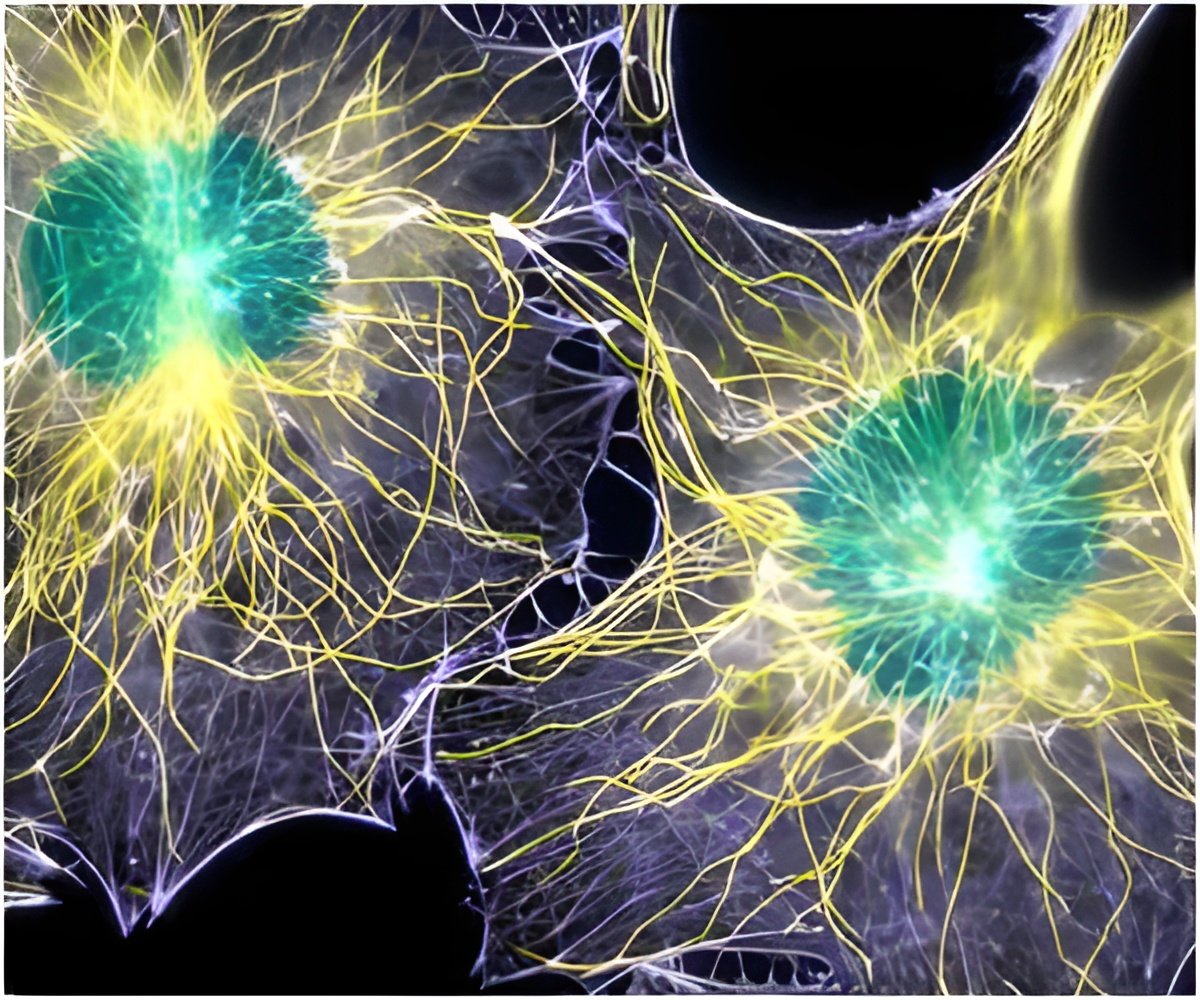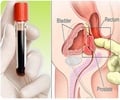New research has elaborated on a series of novel imaging agents could make it possible to see tumors in their earliest stages.

Vanderbilt University investigators describe the new imaging agents in a paper featured on the cover of the October issue of Cancer Prevention Research.
"This is the first COX-2-targeted PET imaging agent validated for use in animal models of inflammation and cancer," said Lawrence Marnett, Ph.D., director of the Vanderbilt Institute of Chemical Biology and leader of the team that developed the compounds.
COX-2 is an attractive target for molecular imaging. It's not found in most normal tissues, and then it is "turned on" in inflammatory lesions and tumors, Marnett explained.
"As a tumor grows and becomes increasingly malignant, COX-2 levels go up," Marnett said.
To develop compounds that target COX-2 and can be detected by PET imaging, Jashim Uddin, Ph.D., research assistant professor of Biochemistry, started with the "core" chemical structures of the anti-inflammatory medicines indomethacin and celecoxib and modified them to add the element fluorine in various chemical configurations.
Advertisement
The researchers demonstrated the potential of this 18-F compound for in vivo PET imaging in two animal models: irritant-induced inflammation in the rat footpad and human tumors grafted into mice.
Advertisement
The studies support further development of these agents as probes for early detection of cancer and for evaluation of the COX-2 status of pre-malignant and malignant tumors.
"Because COX-2 levels increase during cancer progression in virtually all solid tumors, we think these imaging tools will have many, many different applications," Marnett said.
Source-Eurekalert



![Prostate Specific Antigen [PSA] & Prostate Cancer Diagnosis Prostate Specific Antigen [PSA] & Prostate Cancer Diagnosis](https://images.medindia.net/patientinfo/120_100/prostate-specific-antigen.jpg)






